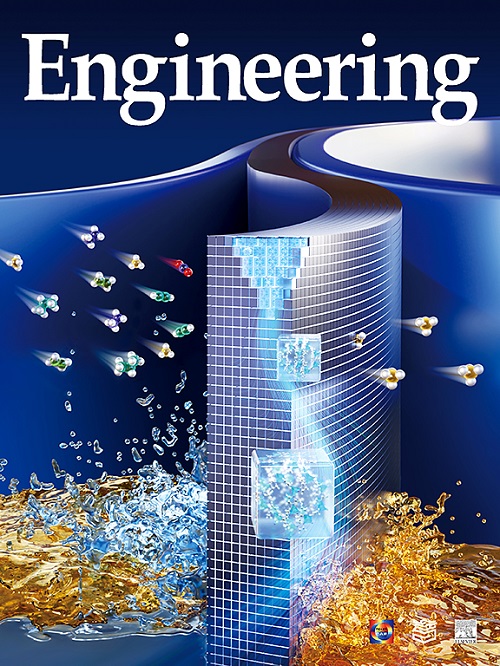Real-Time Programmable Nonlinear Wavefront Shaping with Si Metasurface Driven by Genetic Algorithm
IF 10.1
1区 工程技术
Q1 ENGINEERING, MULTIDISCIPLINARY
引用次数: 0
Abstract
Nonlinear wavefront shaping is crucial for advancing optical technologies, enabling applications in optical computation, information processing, and imaging. However, a significant challenge is that once a metasurface is fabricated, the nonlinear wavefront it generates is fixed, offering little flexibility. This limitation often necessitates the fabrication of different metasurfaces for different wavefronts, which is both time-consuming and inefficient. To address this, we combine evolutionary algorithms with spatial light modulators (SLMs) to dynamically control wavefronts using a single metasurface, reducing the need for multiple fabrications and enabling the generation of arbitrary nonlinear wavefront patterns without requiring complicated optical alignment. We demonstrate this approach by introducing a genetic algorithm (GA) to manipulate visible wavefronts converted from near-infrared light via third-harmonic generation (THG) in a silicon metasurface. The Si metasurface supports multipolar Mie resonances that strongly enhance light-matter interactions, thereby significantly boosting THG emission at resonant positions. Additionally, the cubic relationship between THG emission and the infrared input reduces noise in the diffractive patterns produced by the SLM. This allows for precise experimental engineering of the nonlinear emission patterns with fewer alignment constraints. Our approach paves the way for self-optimized nonlinear wavefront shaping, advancing optical computation and information processing techniques.基于遗传算法驱动的Si超表面实时可编程非线性波前整形
非线性波前整形对光学技术的发展至关重要,它使光学计算、信息处理和成像等领域的应用成为可能。然而,一个重大的挑战是,一旦超表面被制造出来,它产生的非线性波前是固定的,几乎没有灵活性。这种限制通常需要为不同的波前制造不同的超表面,这既耗时又低效。为了解决这个问题,我们将进化算法与空间光调制器(slm)相结合,使用单个超表面来动态控制波前,减少了对多个制造的需求,并且无需复杂的光学校准即可生成任意非线性波前图案。我们通过引入遗传算法(GA)来演示这种方法,该算法通过硅超表面中的三次谐波产生(THG)来操纵近红外光转换的可见波前。Si超表面支持多极Mie共振,强烈增强光-物质相互作用,从而显著提高共振位置的THG发射。此外,THG发射和红外输入之间的三次关系降低了SLM产生的衍射图案中的噪声。这使得非线性发射模式的精确实验工程具有较少的对准约束。我们的方法为自优化非线性波前整形铺平了道路,推进了光学计算和信息处理技术。
本文章由计算机程序翻译,如有差异,请以英文原文为准。
求助全文
约1分钟内获得全文
求助全文
来源期刊

Engineering
Environmental Science-Environmental Engineering
自引率
1.60%
发文量
335
审稿时长
35 days
期刊介绍:
Engineering, an international open-access journal initiated by the Chinese Academy of Engineering (CAE) in 2015, serves as a distinguished platform for disseminating cutting-edge advancements in engineering R&D, sharing major research outputs, and highlighting key achievements worldwide. The journal's objectives encompass reporting progress in engineering science, fostering discussions on hot topics, addressing areas of interest, challenges, and prospects in engineering development, while considering human and environmental well-being and ethics in engineering. It aims to inspire breakthroughs and innovations with profound economic and social significance, propelling them to advanced international standards and transforming them into a new productive force. Ultimately, this endeavor seeks to bring about positive changes globally, benefit humanity, and shape a new future.
 求助内容:
求助内容: 应助结果提醒方式:
应助结果提醒方式:


